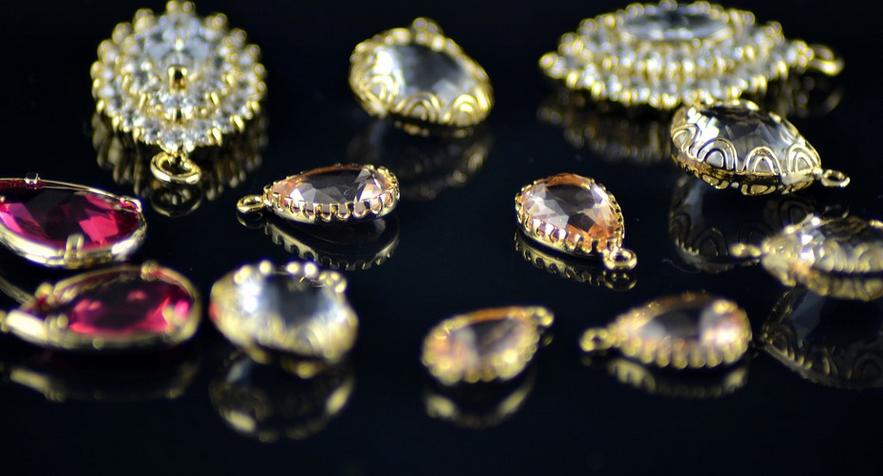
A Floral Icon in Art History
Queen Anne’s lace, with its ethereal beauty and delicate blooms, has captivated artists for centuries. Its graceful silhouette, marked by the iconic lacy white petals surrounding a central seed head, has been a recurring muse across various artistic disciplines. From impressionist paintings to contemporary modern art, this flower has found a place in the hearts of countless creators. The allure of Queen Anne’s lace stems from its timeless appeal and symbolic significance. Its presence evokes feelings of nostalgia, innocence, and even a touch of melancholy. The delicate forms of the blooms contrast with the strength and resilience of the plant itself, creating a visual duality that resonates deeply with artists exploring themes of duality and contrasting forces. Early Renaissance painters, like Jan van Eyck and Albrecht Dürer, began incorporating Queen Anne’s lace into their works, primarily in their botanical studies and portraits. The flower’s unique form added a touch of natural detail and complexity to their artistic endeavors. Through these early depictions, the flower gained a foothold in art history and set a precedent for future generations. Queen Anne’s lace found a new wave of popularity during the Romantic era. Artists like John Constable and Caspar David Friedrich often used the flower as a subject in their landscapes. In the hands of these master painters, Queen Anne’s lace transformed from a simple botanical detail into an integral element of the landscape itself. The flowers became symbols of ethereal beauty, evoking a sense of wonder and mystery within the paintings. The 19th century witnessed a surge in artistic fascination with floral themes. Notable artists like Vincent van Gogh and Claude Monet dedicated entire series of paintings to these subjects. Van Gogh’s vibrant use of color and brushstrokes captured Queen Anne’s lace’s delicate beauty, while Monet’s Impressionist technique created an impression of fleeting moments and the ephemerality of life – a theme reflected in his artistic approach to capturing the flower’s bloom. The turn of the 20th century ushered in new styles, including Art Deco and Surrealism, each with their own interpretations of Queen Anne’s lace. Artists like Tamara de Lempicka and Salvador Dali, embraced the flower in innovative ways, using it as an emblem of feminine grace and surreal charm. This period saw a shift from realism to more abstract portrayals of the flower, allowing artists to explore the deeper symbolic meanings associated with this plant.
The Queen Anne’s Lace: A Canvas for Diverse Artistic Expression
Whether painted in vibrant hues or in muted tones, artist interpretations of Queen Anne’s lace continue to captivate art enthusiasts throughout the years. From classical realism to abstract expressionism, the flower has transcended artistic boundaries and served as a canvas for diverse expressions.
For instance, Impressionist painters like Claude Monet created ethereal masterpieces that captured the fleeting beauty of the flower amidst natural landscapes. His works often showcase Queen Anne’s lace in moments where light dances upon the petals, highlighting its delicate form and creating an illusion of movement. The use of color and brushstrokes were key to capturing the essence of the flower’s ephemeral beauty.
Photorealism also offers a fascinating take on depicting Queen Anne’s lace. The precision of modern photography allows artists to capture the intricate details of the flower’s structure and form, bringing their observations of nature to life. This style often emphasizes realism, featuring close-up shots that highlight the subtle shades of light and shadow on the petals. A photographer capturing Queen Anne’s lace at its peak beauty would utilize a shallow depth of field technique, focusing primarily on the flower itself, as if isolating it from the surrounding environment.
Contemporary artists are further exploring various styles and mediums to capture the beauty of Queen Anne’s lace. Some delve into digital art by creating intricate digital renderings of the flower, using advanced software to create hyperrealistic textures and details. These digital renditions offer viewers a unique perspective on the flower’s intricate form.
Others have turned the traditional canvas for their artistic expression. Abstract artists may choose to use Queen Anne’s lace as inspiration for their art, incorporating its symbolism into abstract forms or utilizing it as a visual motif that speaks to the broader meaning of life and nature.
Through these diverse interpretations of Queen Anne’s Lace, we see the flower’s enduring impact on art. Its delicate beauty continues to inspire artists, capturing their imaginations across time and mediums. From traditional techniques to contemporary approaches, the flower remains a timeless muse in the ever-evolving world of artistic expression.




